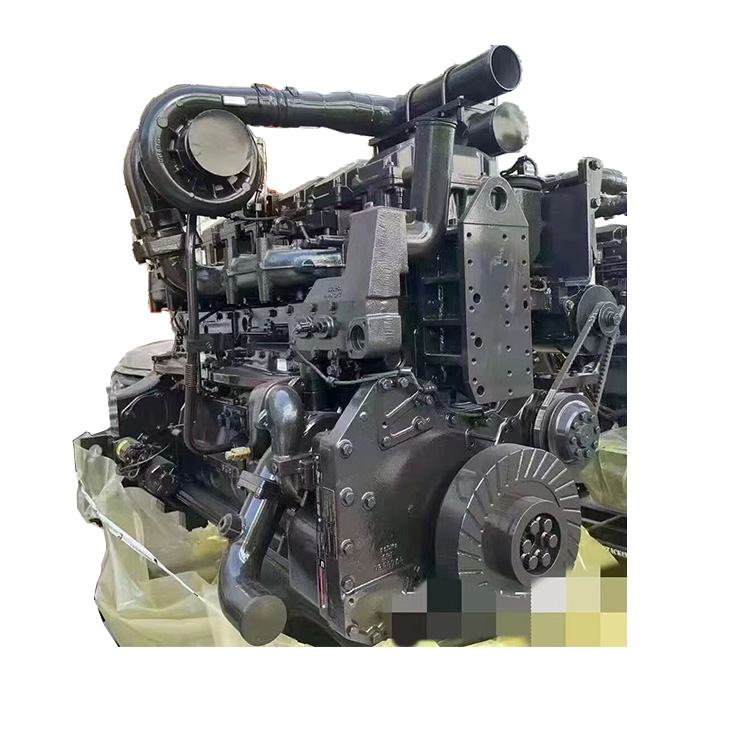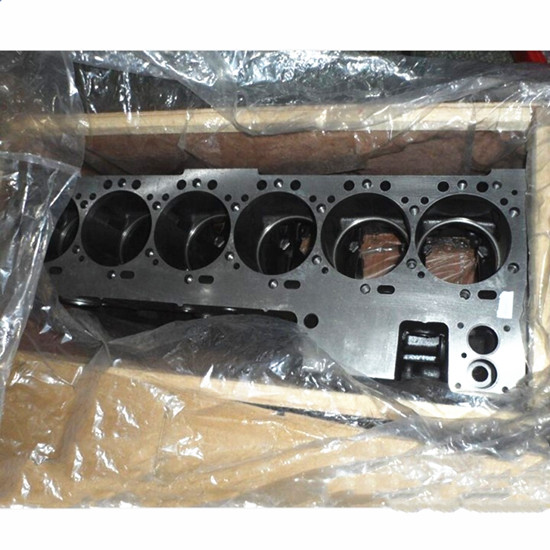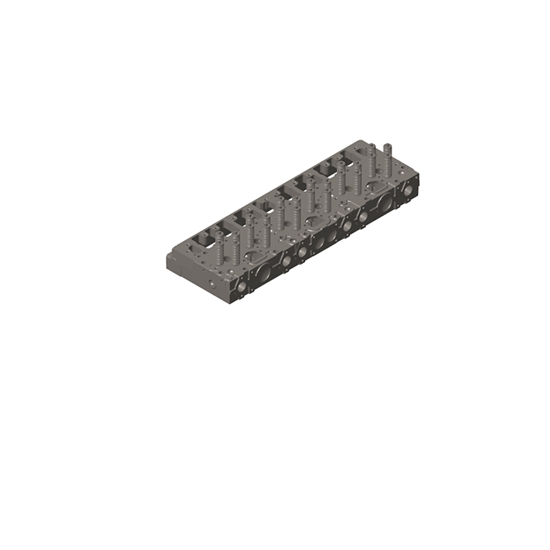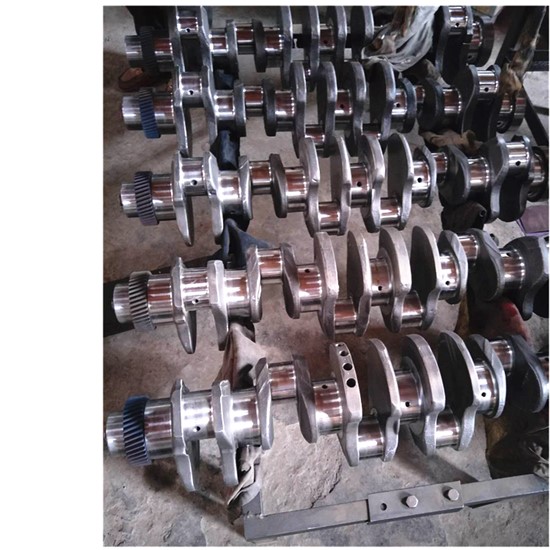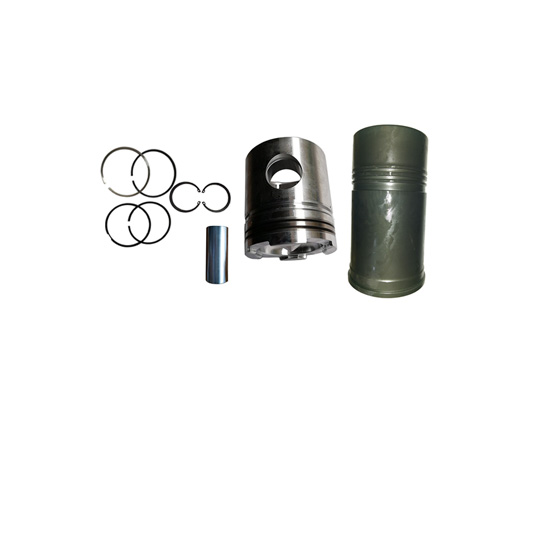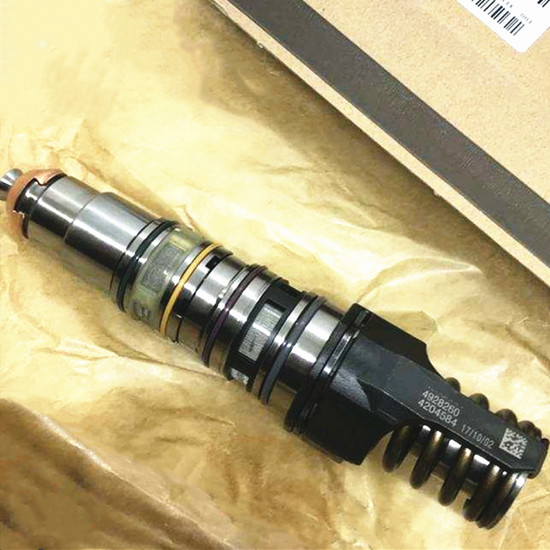Industry News
Cooling system
Views : 671
Update time : 2023-12-26 16:57:14
1. Cooling system
Add coolant before starting the new machine. When refueling, the air release valve of the upper cooling system of the engine should be opened, and slowly
Slowly add coolant from the water inlet of the radiator tank to the engine until there are no bubbles, and then discharge it from the exhaust valve
Stop. The coolant should be added below the neck of the water inlet of the radiator, and should not be overfilled. After filling, close the vent valve,
And open the cut-off door on the installation seat of the water filter so that the DCA4 additive can be mixed into the cooling system.
The coolant used in the cooling system should mainly consist of three components: purified water, antifreeze, and DCA4 additive
The coolant contains 50% pure water, 50% antifreeze, and 0.5 units of DCA4 additive. Prepared coolant one
It can be used all year round and can be used continuously for two years.
Pure water can avoid the formation of scale due to its purification. Antifreeze refers to industrial ethylene glycol or
Propylene glycol can lower the freezing point of water and increase its boiling point. The concentration of antifreeze should be 40%. 68%, concentration too high
Both high and low temperatures can affect the antifreeze ability of the coolant. In most climate conditions, the recommended concentration of antifreeze to use is
50%, at which point the freezing point of the coolant can reach -33cC. DCA4 additive can form a protective film on the surface of the water system,
To prevent pitting on the cylinder liner and body, as well as to prevent the accumulation of sediment. Cummins C-series and above engines are equipped with water filters
In addition to the filtering medium, the water filter also contains DCA4 additive inside. General requirements for the concentration of DCA4 additives
Maintain a concentration of 0.32-0.79 units per liter of water, which can be detected using the DCA4 detection package.
Related News
Read More >>
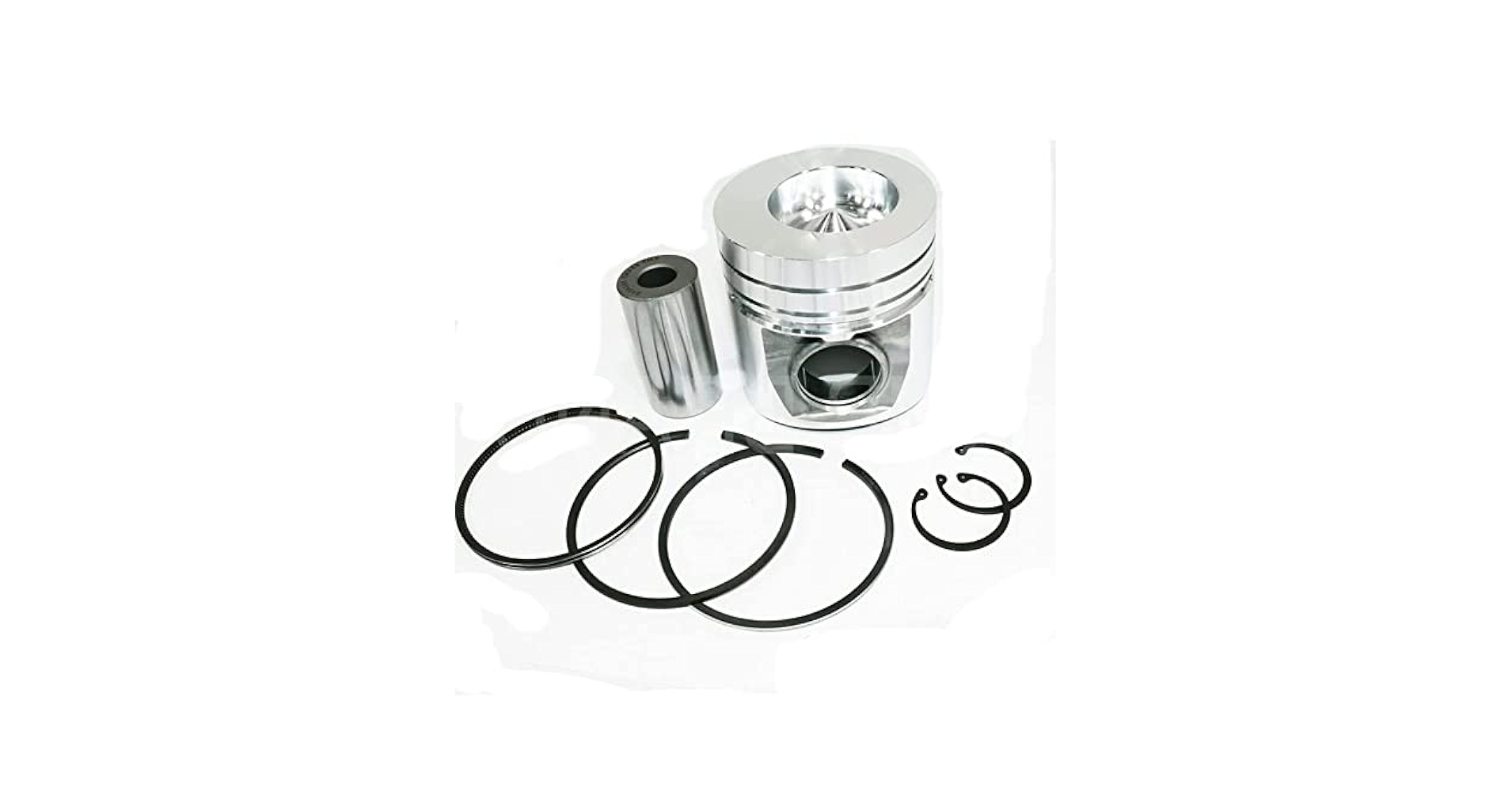 From Durability to Recyclability: Redefining the Lifecycle of an Engine Piston
From Durability to Recyclability: Redefining the Lifecycle of an Engine Piston
Jul .31.2025
At the core of every internal combustion engine, from the workhorses powering our global supply chain to the vehicles we rely on daily, lies a component of immense power and precision: the piston.

